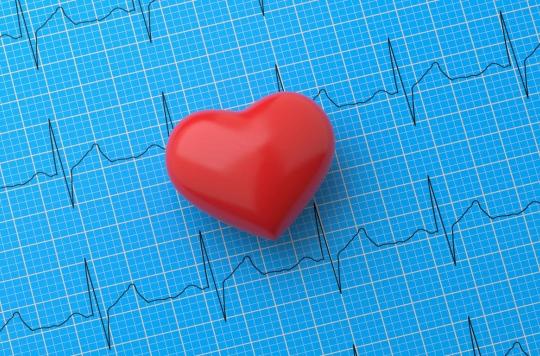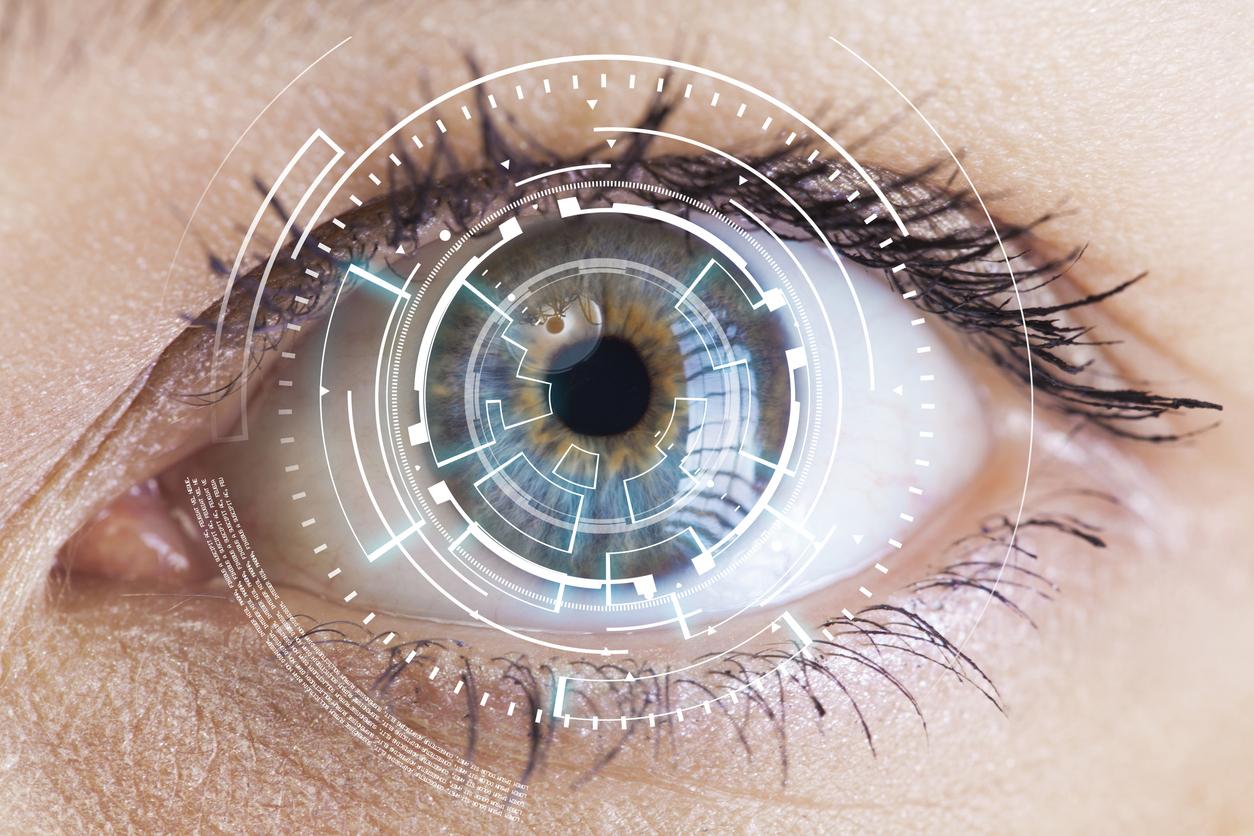Atrial fibrillation would affect more than 750,000 people in France. As part of the 2021 Week of Action concerning this disease, Why Doctor offers you a series of articles to better understand atrial fibrillation, its symptoms and the treatments to control it. Today, the point on the need to take good care of this disease.

- Atrial fibrillation should not be confused with ventricular fibrillation which causes a heart attack
- On the other hand, if it is not taken care of, this disturbance of the heart rhythm can cause a stroke
A disease that results in heart rhythm disturbances, shortness of breath and fatigue: if atrial fibrillation is not an absolute emergency -be careful: do not confuse it with ventricular fibrillation which has serious consequences since it is what is called a heart attack!-, this does not mean that the 750,000 people who are said to be affected by this disease in France should not take action. Because, by promoting the stagnation of blood in the atria, it can be the cause of serious health problems including stroke. So, a good reason to act, and to start, consult as soon as the first symptoms appear or at least are identifiable since the evil is often “silent”.
Early fiber reexcitation
But what really happens in the heart in the event of atrial fibrillation? In a normal situation, the contraction of the atria is due to a cyclic depolarization of a group of cells located at the level of the upper part of the right atrium. This depolarization spreads to all the cells of the two atria, triggering their synchronized contraction which, itself, triggers the contraction of the two ventricles. In the event of atrial fibrillation, depolarization phenomena cause early re-excitation of the fibers – like a sort of electrical storm – and the generalization of this mechanism to the whole of the auricular tissue leads to fibrillation of the atria.
Decreased cardiac output and stagnation of blood in the atria
This disappearance of the synchronization of the contractions of the auricular muscle fibers has two consequences. On the one hand, the atria will become mechanically inefficient since they no longer contract, which leads to a reduction in cardiac output. And moreover, the absence of atrial contractions promotes stagnation of blood in the atria and spontaneous coagulation. This is what causes the risk of embolism and stroke.
It is for this reason that the management of atrial fibrillation is done with drugs that restore regularity to the heart rhythm, with anti-coagulants to prevent the formation of clots responsible for embolisms and strokes, using shocks electric to restore, there also, the cardiac rhythm (a method which treats the effects but not the cause…) or by ablation of hearths responsible for fibrillation.

Below, our Q&A program on atrial fibrillation:
A patient’s story about atrial fibrillation:
.
















